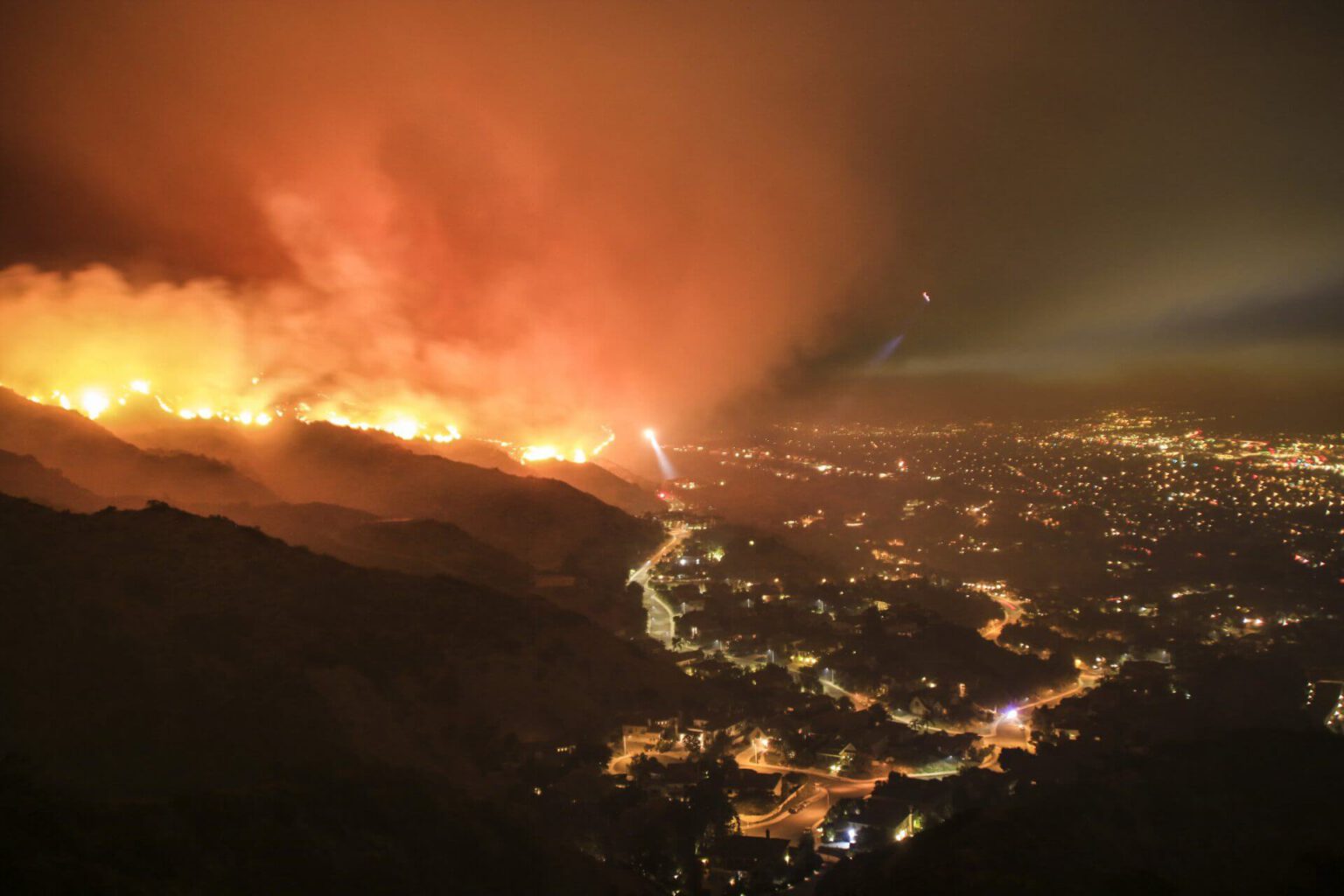It’s already been a record hot year, and dangerous heat is forecast to continue in many countries around the world. Deadly heatwaves across Asia, Africa, the Middle East, Europe, and Mexico so far this year have been linked to climate change. And climate change has made the extreme heat expected across much of the US this week four times more likely.
Extreme heat is the most obvious consequence of climate change. Now more than ever, journalists have to help audiences understand its climate connection: Climate change is making the planet hotter; climate change is caused mainly by burning oil, gas, and coal; therefore, temperatures will keep going up until oil, gas, and coal are phased out.
As our fellow journalists around the world report on extreme heat in the weeks and months ahead, here are a few tips and tools we hope will help you, including concise, scientifically vetted language making the climate connection that you can insert directly into your copy.
Extreme Heat Resources
Connect extreme heat to climate change and fossil fuels. Adding a few words to your coverage is all it takes to make these connections. Here’s some sample language you can use:
- Scientists agree that climate change drives extreme weather like today’s record-breaking high temperatures.
- Heatwaves like this one are now more common and more intense as a result of human-caused climate change.
- Climate change is mostly caused by burning fossil fuels such as oil, gas, and coal, which releases greenhouse gases into the atmosphere, warming Earth.
Share safety information. People with disabilities, older adults, children, pregnant people, unhoused people, incarcerated people, and outdoor workers are some of the groups most vulnerable to extreme heat. When reporting on extreme heat, help audiences by sharing safety tips.
Choose visuals carefully. While it may be tempting to make light of heat by using “fun in the sun” photos, such as people eating ice cream or crowded pools, it’s more accurate to use images that reflect the seriousness of the situation. Opt for photos that show people struggling with heat (like crowded cooling centers or workers struggling under heat conditions) or signage warning of high temperatures. You can see some examples here.
Use Climate Central’s reporting tools. The scientists at Climate Central have an attribution tool called Climate Shift Index that journalists around the world can use to help audiences understand how much more likely climate change is making extreme heat episodes. Enter your city to find out how much climate change is influencing temperature there on a particular day. For US reporters, see Climate Central’s 2024 Summer Package with customizable graphics (available in English and Spanish).
Check out CCNow’s new Climate Change Reporting 101 guide to help journalists across beats integrate climate into their coverage. Share it with colleagues who are new to climate to help them build their confidence and make the climate connection with ease. Today we also launched Locally Sourced, a newsletter for local reporters, with the first edition focused on extreme heat.



